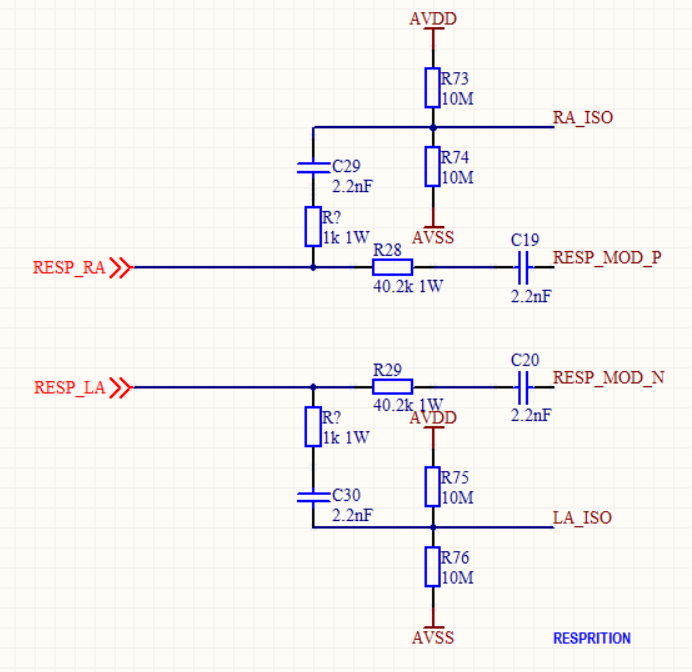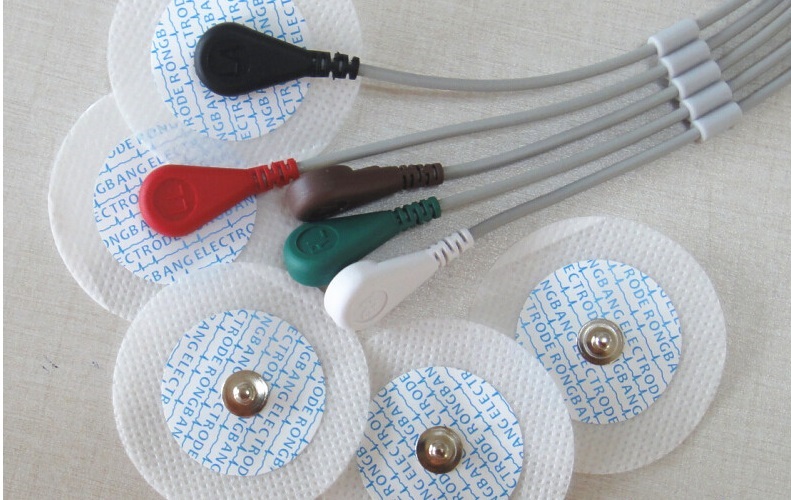Hi TI experts,
I've looked through all the posts on defibrillator protection circuits in the forum.
The SPARB36B.pdf and https://e2e.ti.com/support/data_converters/precision_data_converters/f/73/p/176956/882080#882080 give me good reference.
But for the respiration circuits of ADS1298R, what is the suggested defibrillator protection circuits?
What defibrillator protection circuits should I take before RESP_RA and RESP_LA in the following circuits?
I tried the circuits in red frame in the following schematic. But the respiration signal can not be got, because the R2+R3 is too big, which attenuates the respiration signal (I've read the sbaa181.pdf).
I changed R2=1k and R3=0, the respiration signal can be got. But that 1k+0 is too small for defibrillator protection.
What is the correct way to do defibrillaotr protection for the respiration circuit?
Thank you so much!
Frank







